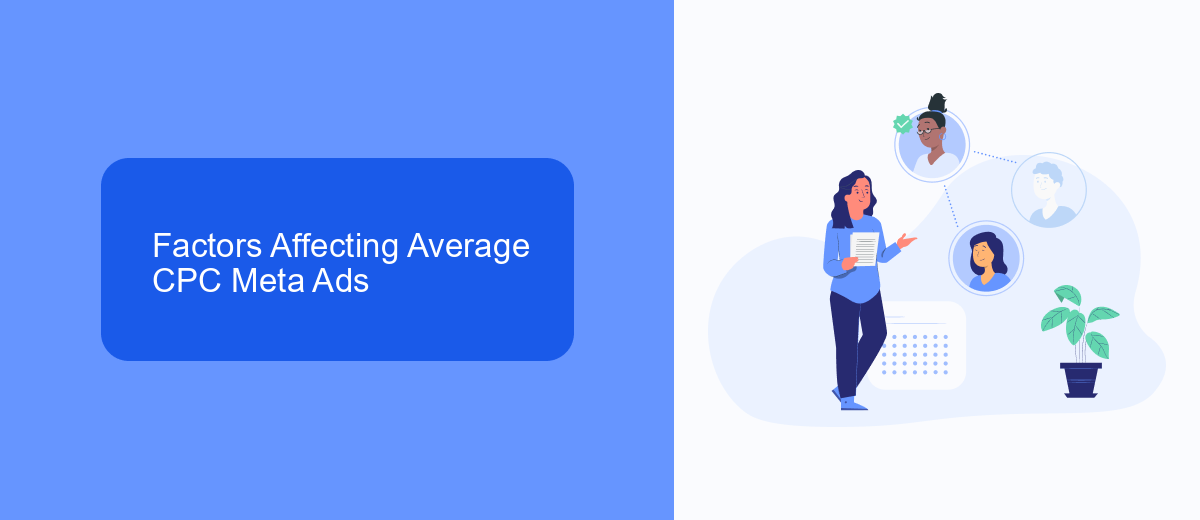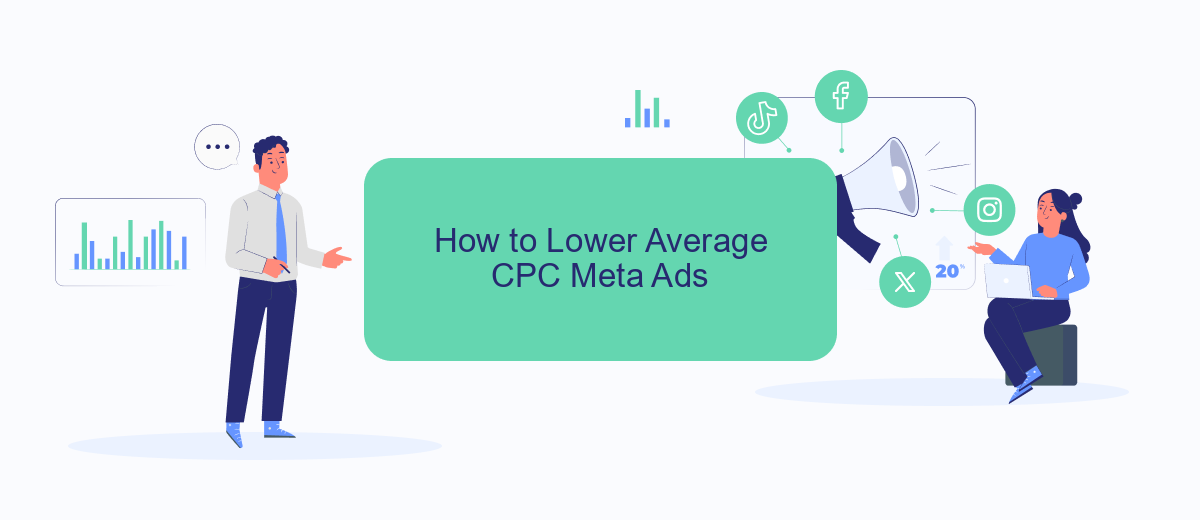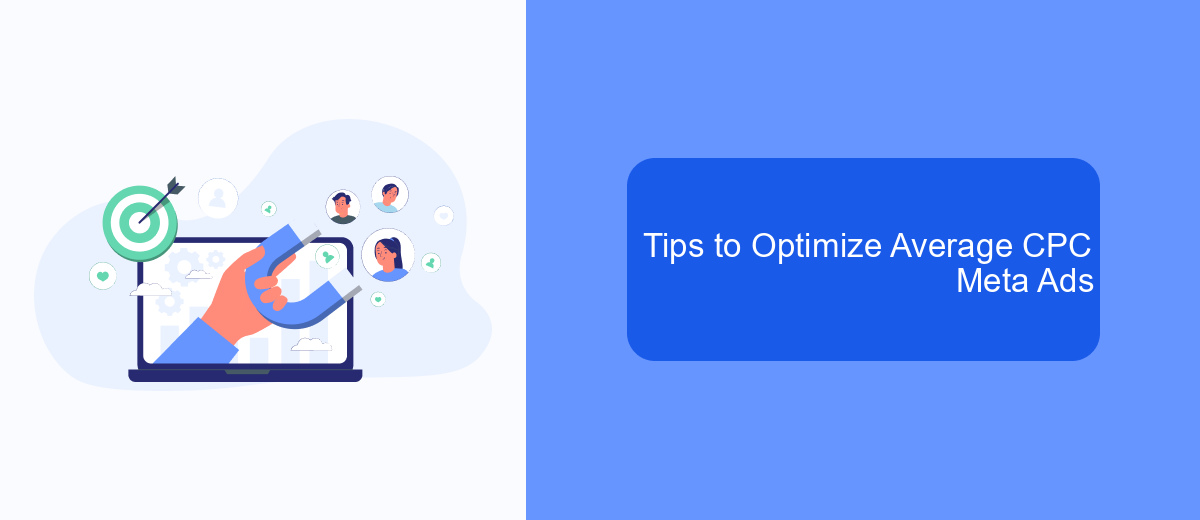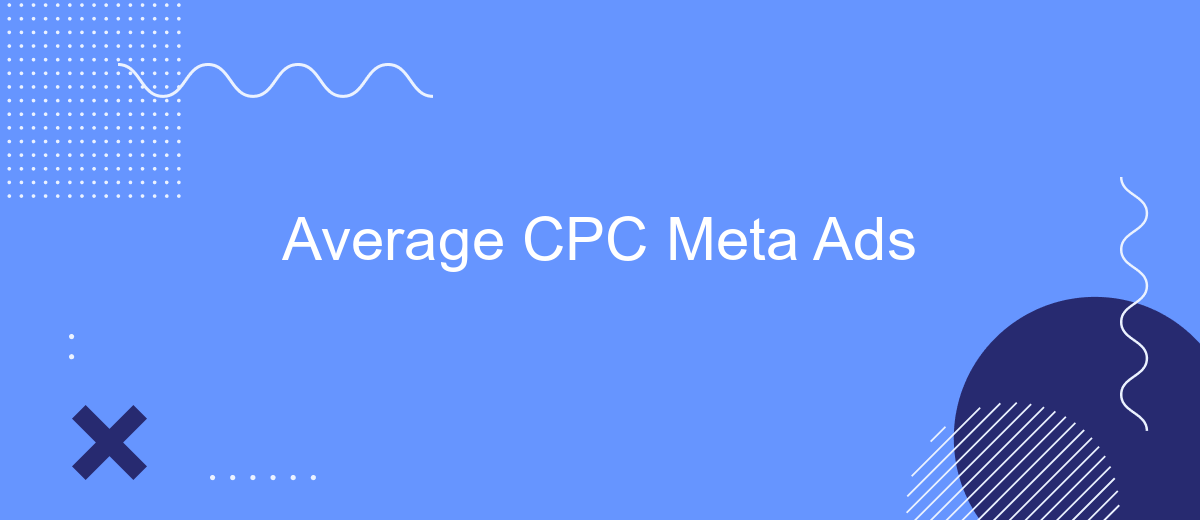Understanding the average Cost Per Click (CPC) for Meta Ads is crucial for businesses aiming to optimize their digital marketing budgets. This metric helps advertisers gauge the financial efficiency of their campaigns on platforms like Facebook and Instagram. In this article, we'll delve into the factors influencing CPC rates and provide insights on how to manage and reduce your advertising costs effectively.
What is Average CPC Meta Ads?
Average CPC (Cost Per Click) in Meta Ads refers to the average amount an advertiser pays for each click on their ad across platforms like Facebook and Instagram. This metric is crucial for marketers to understand the efficiency and cost-effectiveness of their advertising campaigns.
- Calculation: Total ad spend divided by the total number of clicks.
- Importance: Helps in budgeting and optimizing ad spend.
- Comparison: Allows for performance comparison across different campaigns and platforms.
By closely monitoring the Average CPC, marketers can make informed decisions about their ad strategies. Tools like SaveMyLeads can integrate various data sources to streamline the tracking and analysis process, ensuring that advertisers get the most out of their campaigns. This leads to better allocation of resources and improved ROI.
Factors Affecting Average CPC Meta Ads

Several factors influence the Average CPC (Cost Per Click) in Meta Ads. One of the primary determinants is the level of competition within the industry. Highly competitive niches often see higher CPCs as multiple advertisers vie for the same audience. Additionally, the quality and relevance of your ad content play a significant role; ads that are more engaging and relevant to the target audience can achieve a lower CPC due to higher click-through rates and better ad performance.
Another crucial factor is the targeting options you choose. More specific and refined targeting can lead to higher CPCs as you narrow down the audience. Budget allocation and bidding strategies also impact CPC; aggressive bidding can drive up costs. Moreover, external tools and integrations, such as SaveMyLeads, can optimize your ad campaigns by automating lead management and improving ad targeting, ultimately affecting your CPC by enhancing overall campaign efficiency.
How to Lower Average CPC Meta Ads

Lowering the Average CPC for Meta Ads requires a strategic approach to optimize your campaigns. By focusing on key areas and leveraging tools effectively, you can achieve more cost-efficient results.
- Optimize Targeting: Refine your audience targeting to ensure your ads reach the most relevant users. Use detailed demographics, interests, and behaviors to narrow down your audience.
- Improve Ad Quality: High-quality, engaging ads tend to perform better and cost less. Focus on creating compelling visuals and copy that resonate with your audience.
- Test and Iterate: Continuously test different ad creatives, formats, and placements. A/B testing helps identify what works best, allowing you to allocate budget more efficiently.
- Utilize SaveMyLeads: Integrate SaveMyLeads to streamline your lead management process. This tool helps automate data transfer, ensuring timely follow-ups and better conversion rates, which can contribute to lower CPC.
- Monitor and Adjust Bids: Regularly review your bidding strategy. Adjust bids based on performance data to ensure you're not overspending on underperforming ads.
By implementing these strategies, you can effectively reduce your Average CPC for Meta Ads. Consistent monitoring and optimization are key to maintaining cost-effective campaigns.
Tips to Optimize Average CPC Meta Ads

Optimizing your Average CPC in Meta Ads is crucial for maximizing your ad spend efficiency. Start by conducting thorough keyword research to ensure you're targeting the most relevant and cost-effective keywords. This will help you attract the right audience without overspending.
Next, focus on improving your ad quality. High-quality ads that are engaging and relevant to your audience can lead to higher click-through rates (CTR) and lower CPC. Make sure your ad copy is compelling and your visuals are eye-catching.
- Utilize A/B testing to identify which ads perform best.
- Leverage audience targeting to reach the most relevant users.
- Monitor and adjust bids based on performance data.
- Integrate tools like SaveMyLeads to automate lead management and improve ad efficiency.
Finally, regularly review and optimize your campaigns. Use analytics to track performance and make data-driven decisions. By continuously refining your strategies, you can achieve a lower Average CPC and better overall results for your Meta Ads campaigns.
Tracking and Reporting Average CPC Meta Ads
Tracking and reporting the Average CPC (Cost Per Click) for Meta Ads is crucial for optimizing your advertising budget and ensuring that your campaigns are delivering the desired results. To effectively monitor this metric, you should regularly review the performance data provided by Meta's Ads Manager. This platform offers comprehensive insights into your ad performance, including the average CPC, which can help you make informed decisions about budget allocation and ad strategy adjustments.
For more advanced tracking and reporting, consider integrating third-party services like SaveMyLeads. This tool can automate the process of collecting and analyzing your ad data, providing you with real-time updates and detailed reports. By using SaveMyLeads, you can streamline your workflow, reduce manual data entry, and ensure that you are always working with the most accurate and up-to-date information. This can ultimately lead to more effective ad campaigns and a better return on investment.


FAQ
What is Average CPC in Meta Ads?
How can I reduce my Average CPC in Meta Ads?
Why is my Average CPC high in Meta Ads?
How does ad relevance affect Average CPC in Meta Ads?
Can automation tools help manage Average CPC in Meta Ads?
SaveMyLeads is a simple and effective service that will help you automate routine tasks and optimize business processes. Stop wasting time uploading leads from Facebook manually – you can do it automatically, saving a lot of time and money. Eliminate routine from workflows and achieve more with minimal investment of money, effort and human resources.
